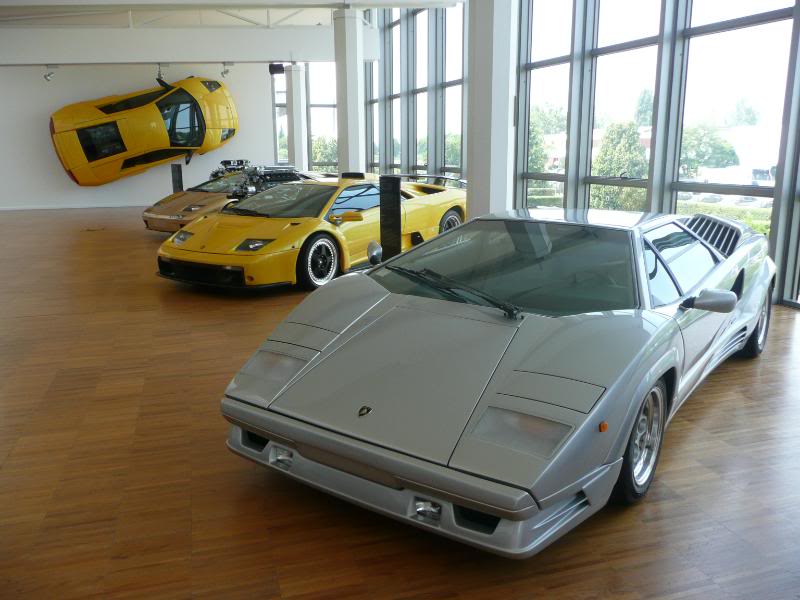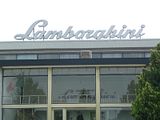

Following my visit to Maranello, it was a short trip to arch rivals, Lamborghini. Located in Santa Agata Bolognese, the home of Lamborghini is also to be found in the area between Modena and Bologna, but slightly north of the A1 Autostrada. Santa Agata is a small rural village, barely a blob on the map, and so having driven along the SP255 for a few kilometres, it is quite a surprise suddenly to find a car factory adjoining the road. But that is indeed the case. With a large “Lamborghini” sign on the roof, there is little doubt that you have found the target destination.You drive in through the main gates, and a security guard pointed me to the visitor parking to the left, which seemed to be full of Ingolstadt plated Audi’s (at least 20 of them, mostly A4 3.0 TDis), and you walk up the area marked “Museum”. Entrance costs 12 Euros, and as you make your payment, you can see the majority of the ground floor exhibits – a series of beautifully presented cars, each a different model, from Lamborghinis less than 50 year history of making cars. There is an upper floor to the museum as well. Signage is discrete, but sufficient to tell you, in English, German and Italian, what you are looking at. Unlike the Ferrari museum, this one was far from crowded.The first car that you come to was and example of the first car produced, the 350GT. Production only ran for a couple of years, and 120 were made.
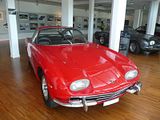

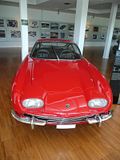
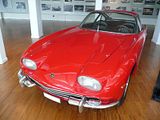
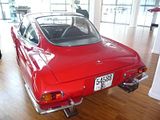
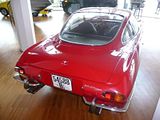
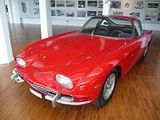 Follow on design was the 400 GT 2+2, which was an adaption of the earlier car, but with a larger engine, and all but 23 of the 250 car production run had rear seats of sorts.
Follow on design was the 400 GT 2+2, which was an adaption of the earlier car, but with a larger engine, and all but 23 of the 250 car production run had rear seats of sorts.
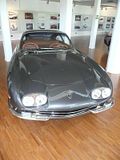
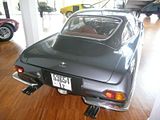
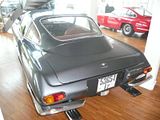 In 1966, Lamborghini stunned the world with the dramatically styled Miura, and even now this is one head turning car. With this car, a long tradition of naming the cars after famous Spanish bulls was also born. 338 cars were produced between 1966 and 1970.
In 1966, Lamborghini stunned the world with the dramatically styled Miura, and even now this is one head turning car. With this car, a long tradition of naming the cars after famous Spanish bulls was also born. 338 cars were produced between 1966 and 1970.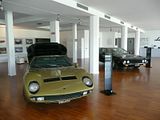

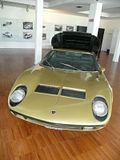
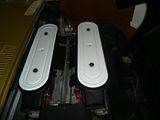
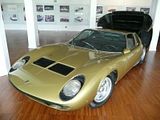 In 1968. Lamborghini came up with this very elegant and rather underrated sports GT, the Islero. Blisteringly fast, it could house 4 adults and a decent amount of luggage.
In 1968. Lamborghini came up with this very elegant and rather underrated sports GT, the Islero. Blisteringly fast, it could house 4 adults and a decent amount of luggage.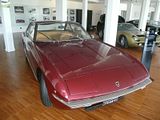
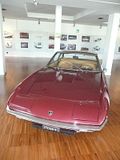
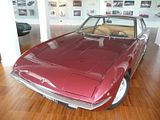
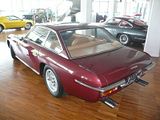
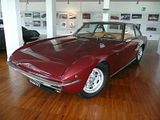

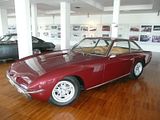
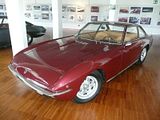 The Espada had a production run of 10 years, from 1968 – 1978, and over 1200 of these cars were produced in the three different series. A front engined V12, it was designed to be decently practical, at least by Lamborghini standards!
The Espada had a production run of 10 years, from 1968 – 1978, and over 1200 of these cars were produced in the three different series. A front engined V12, it was designed to be decently practical, at least by Lamborghini standards!
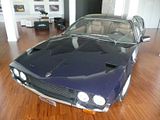
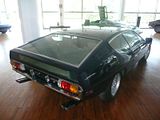 Successor to the Islero was the Jarama, which first appeared in 1970.
Successor to the Islero was the Jarama, which first appeared in 1970.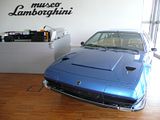
 The Countach first made an appearance, as a concept in 1971, but it was 1973 before the production car made its debut, and despite unfortunate timing with fuel shortages and a recession, the car sold well throughout its production life. This is the very first example of the early production LP400 model. Incidentally, LP stands for Longditudinal Posteriore, in other words nothing more exotic than the location of the engine. The Countach stands at little more than 1 metre tall. No wonder they were so hard to get in and out of!
The Countach first made an appearance, as a concept in 1971, but it was 1973 before the production car made its debut, and despite unfortunate timing with fuel shortages and a recession, the car sold well throughout its production life. This is the very first example of the early production LP400 model. Incidentally, LP stands for Longditudinal Posteriore, in other words nothing more exotic than the location of the engine. The Countach stands at little more than 1 metre tall. No wonder they were so hard to get in and out of!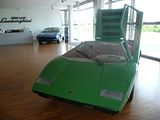
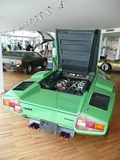
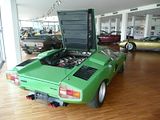
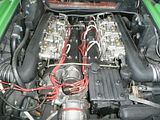 This is a later 25th Anniversary model, produced to mark the quarter centenary of the firm, in 1988.
This is a later 25th Anniversary model, produced to mark the quarter centenary of the firm, in 1988.

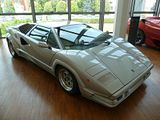
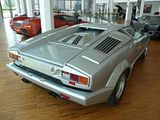
 In 1974, Lamborghini produced a new “cheaper” model, the V8 powered Uracco, and this is one of these cars.
In 1974, Lamborghini produced a new “cheaper” model, the V8 powered Uracco, and this is one of these cars.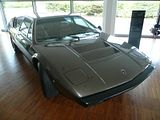
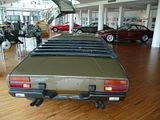
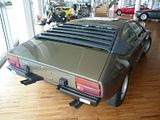 Later iterations of this basic design were the Silhouette and this, the Jalpa, which had a 3.5 litre V8 engine.
Later iterations of this basic design were the Silhouette and this, the Jalpa, which had a 3.5 litre V8 engine.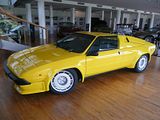
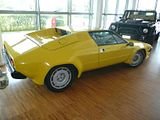
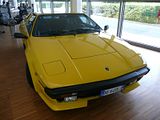
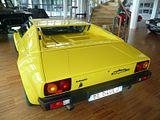
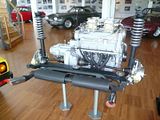
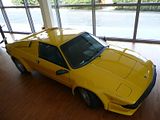 Following a bold attempt at producing a mid engined off-roader in 1977, the LM001, sometimes known as the Cheetah, which never really achieved anything, Lamborghini produced what we would now know to be a large SUV, the LM002, in 1986, and sold more of them than I had realised. This is still a sizeable vehicle even by today’s standards.
Following a bold attempt at producing a mid engined off-roader in 1977, the LM001, sometimes known as the Cheetah, which never really achieved anything, Lamborghini produced what we would now know to be a large SUV, the LM002, in 1986, and sold more of them than I had realised. This is still a sizeable vehicle even by today’s standards.
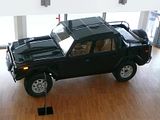

 The Diablo finally appeared in 1990, as a replacement for the Countach. This even more dramatically styled car sold in greater numbers, with the 1000th car being produced after only a few years.This is a Diablo GT, at the time of launch, in 1999, it was the fastest road car ever made.
The Diablo finally appeared in 1990, as a replacement for the Countach. This even more dramatically styled car sold in greater numbers, with the 1000th car being produced after only a few years.This is a Diablo GT, at the time of launch, in 1999, it was the fastest road car ever made.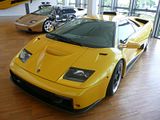

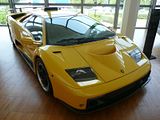 The Diablo 6.0 SE was to be the final model, and was only sold in gold and a sort of brown colour.
The Diablo 6.0 SE was to be the final model, and was only sold in gold and a sort of brown colour.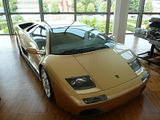
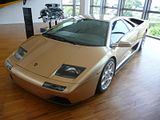
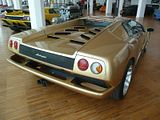
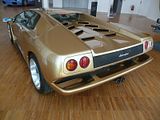 This is an S model
This is an S model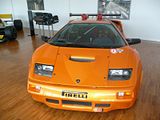
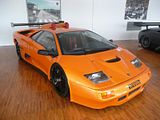 The Murcielago debuted in 2001, and has sold well. This is the R GT model.
The Murcielago debuted in 2001, and has sold well. This is the R GT model.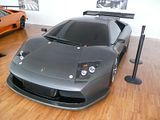
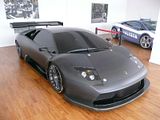 A wall mounted car makes for a dramatic display at one end of the museum.
A wall mounted car makes for a dramatic display at one end of the museum.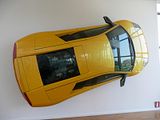 In 2004, a special Polizia version of the recently launched Gallardo was produced, and the car, complete with all sorts of special equipment from a heart defibrilator to links to the Italian police licence plate data base, saw service on the busy A1 Autostrada between Milan and Roma. I went on part of that route, from Firenze to Modena, and can say that speeding is not really the issue, as the autostrada climbs high up through the mountains and one of the two lanes is filled with lorries!
In 2004, a special Polizia version of the recently launched Gallardo was produced, and the car, complete with all sorts of special equipment from a heart defibrilator to links to the Italian police licence plate data base, saw service on the busy A1 Autostrada between Milan and Roma. I went on part of that route, from Firenze to Modena, and can say that speeding is not really the issue, as the autostrada climbs high up through the mountains and one of the two lanes is filled with lorries!
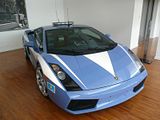
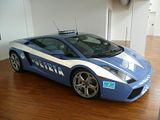 Although primarily known for their road cars, Lamborghini had a brief flirtation with Formula 1, supplying engines to a couple of firms, and examples of these were on show, with the 1992 M.191/L Minardi and the 1989 Lola-LaRousse forming part of the exhibition.
Although primarily known for their road cars, Lamborghini had a brief flirtation with Formula 1, supplying engines to a couple of firms, and examples of these were on show, with the 1992 M.191/L Minardi and the 1989 Lola-LaRousse forming part of the exhibition.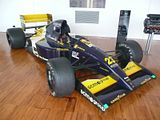
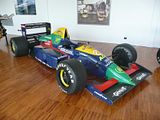
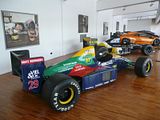 This engine may seem rather large for a car, and indeed it is. This one is from a power boat!
This engine may seem rather large for a car, and indeed it is. This one is from a power boat!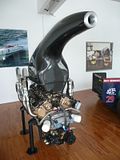 During the 1980s and 1990s, Lamborghini experienced some fairly difficult times, facing bankruptcy more than once, and after being acquired by Chrysler Corporation in 1987, only found stability following their take-over by Audi in the late 1990s. Numerous prototypes were produced, but none of these cars made production, so it was good to see several of them in the museum
During the 1980s and 1990s, Lamborghini experienced some fairly difficult times, facing bankruptcy more than once, and after being acquired by Chrysler Corporation in 1987, only found stability following their take-over by Audi in the late 1990s. Numerous prototypes were produced, but none of these cars made production, so it was good to see several of them in the museumThis is the LP140, a potential replacement for the V8 models, designed around 1988.
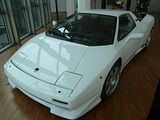

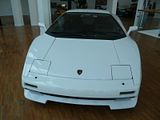
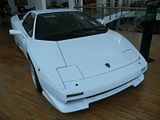 This one, LP147, was a possible follow on for the Diablo.
This one, LP147, was a possible follow on for the Diablo.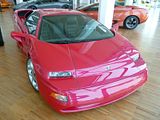
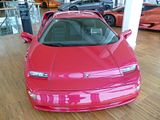
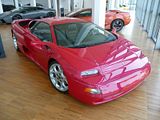
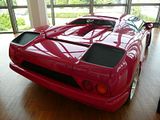 That brief was also given to this car, the Canto.
That brief was also given to this car, the Canto.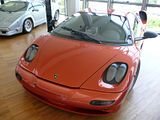
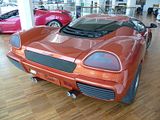
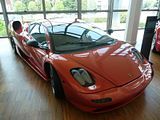
 This Gallardo based concept car, the Concept S, dates from 2005, and is based on a Gallardo, but with a particularly innovative solution to the roof for the driver and passenger.
This Gallardo based concept car, the Concept S, dates from 2005, and is based on a Gallardo, but with a particularly innovative solution to the roof for the driver and passenger.

 Following the craze for retro styled cars, Lamborghini built a modern version of the Miura, showing it in 2006, but took the idea no further.
Following the craze for retro styled cars, Lamborghini built a modern version of the Miura, showing it in 2006, but took the idea no further.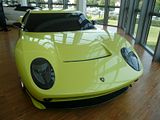

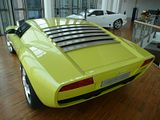
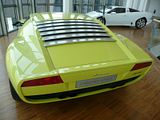
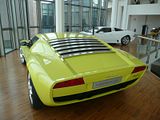 More recently, Lamborghini did build a very limited run of just 20 cars of the very special Reventon, and one of these occupies pride of place in the upstairs gallery. Viewed close up., there is not doubt that you are getting something very special indeed with this car.
More recently, Lamborghini did build a very limited run of just 20 cars of the very special Reventon, and one of these occupies pride of place in the upstairs gallery. Viewed close up., there is not doubt that you are getting something very special indeed with this car.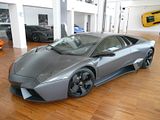
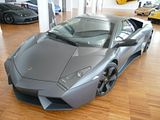
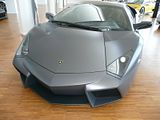
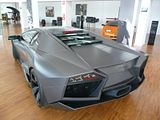
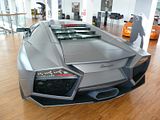
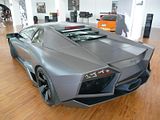
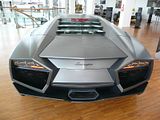 I strongly recommend a visit to this Museum. Bologna is the nearest airport, but it is pretty accessible from Florence/Tuscany, which was my starting destination. You could easily do this in the morning and Maranello in the afternoon, or vice versa.
I strongly recommend a visit to this Museum. Bologna is the nearest airport, but it is pretty accessible from Florence/Tuscany, which was my starting destination. You could easily do this in the morning and Maranello in the afternoon, or vice versa.2010-07-20 06:51:59




































































































